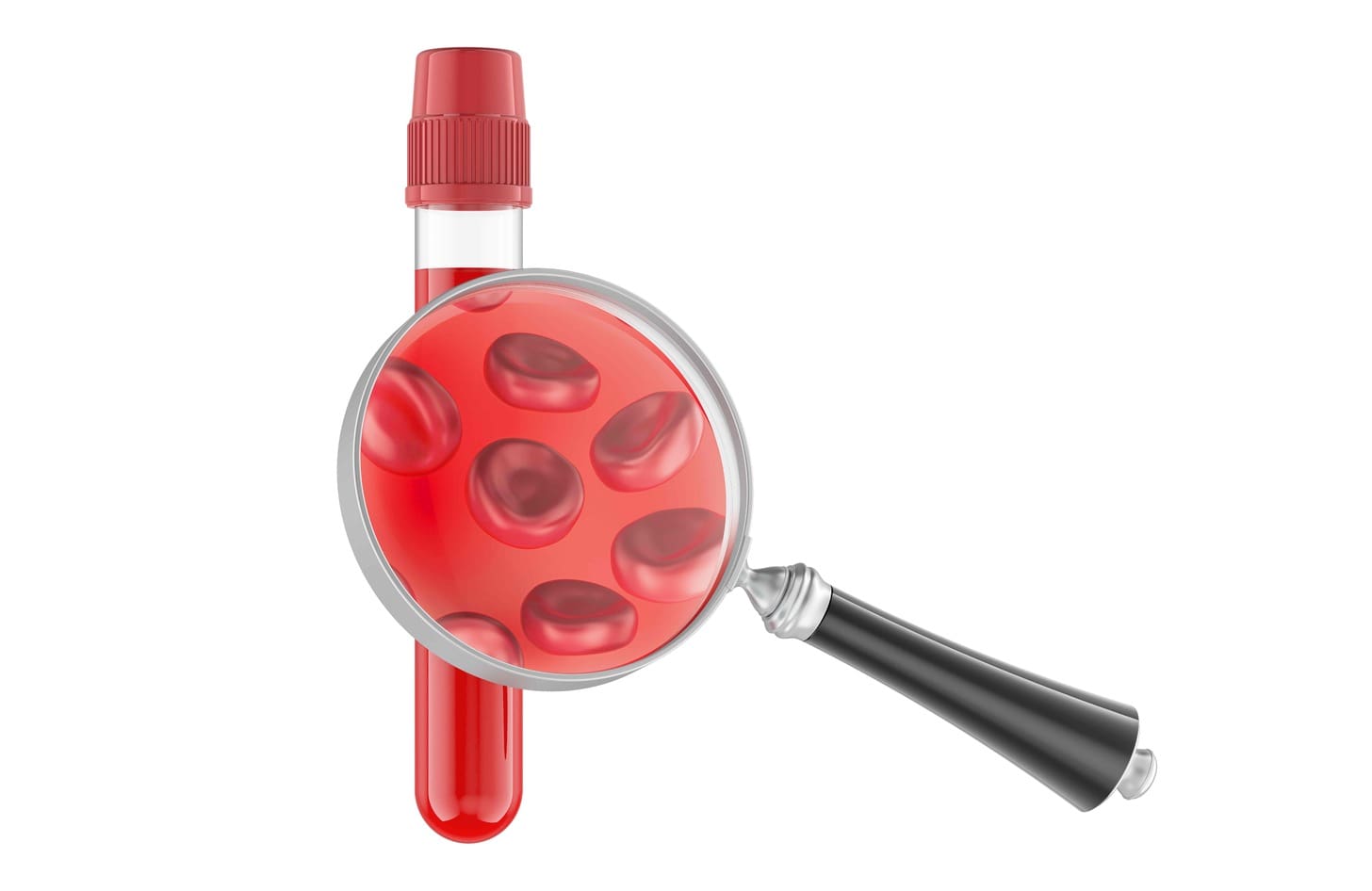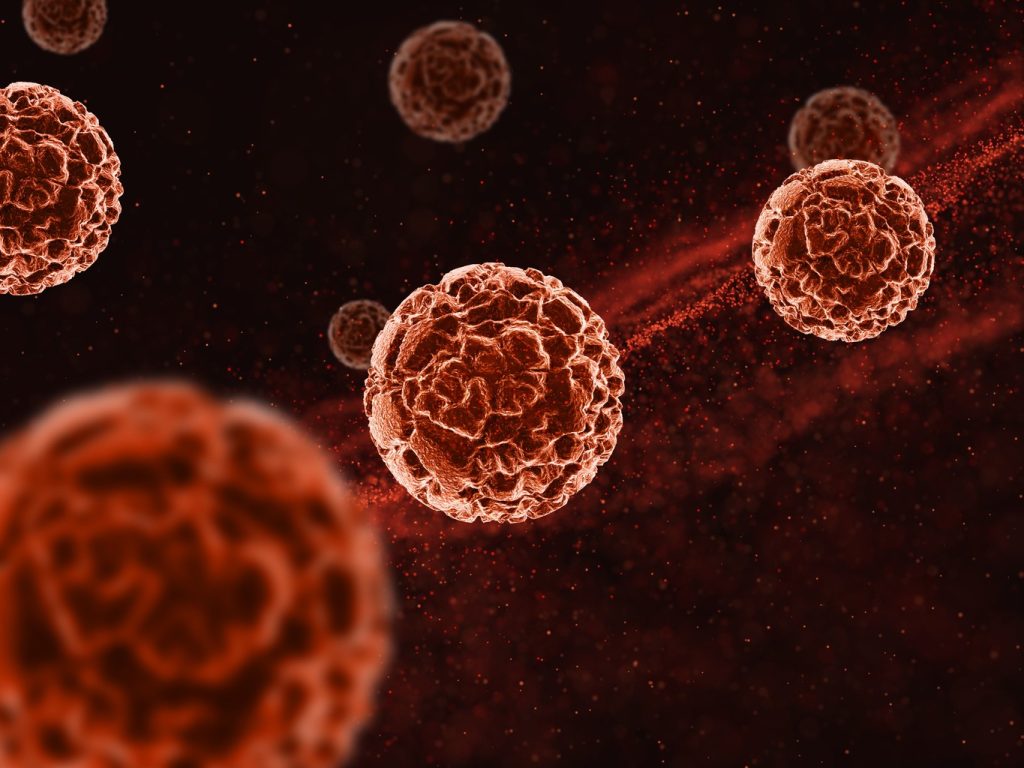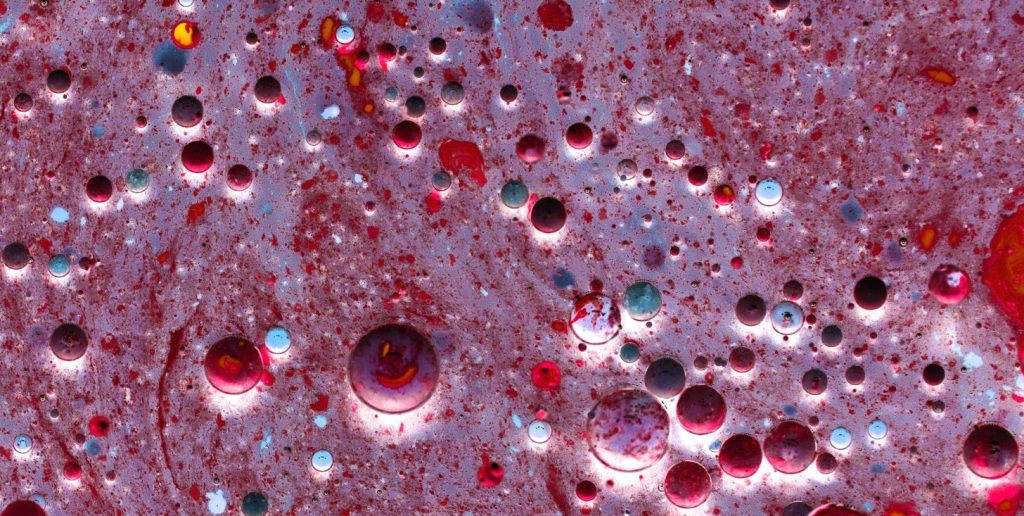
The term hematopoietic means the creation of blood cells. At Liv Hospital, we know how key hematopoietic stem cells are. These cells can turn into any blood cell type.
Hematopoietic stem cells (HSCs) are very important. They help in healing tissues and are used in transplants. This helps treat blood cancers and immune problems.
It’s important to know about HSCs to understand their role in health and sickness. We’ll look at where these cells are found and why they’re important for making blood cells.

The term ‘hematopoietic’ is key to knowing how blood cells are made. To grasp its importance, we must explore its roots and the process it outlines.
The word ‘hematopoietic’ comes from Greek. ‘Haima’ means blood, and ‘poiesis’ means making. So, ‘hematopoietic’ means ‘blood making’. It refers to how blood cells are created. Hematopoiesis is a detailed process. It involves hematopoietic stem cells turning into different blood cell types.
Blood cell formation, or hematopoiesis, is essential. It’s how hematopoietic stem cells become various blood cells. These include:
This process never stops, with trillions of blood cells made every day. It’s vital for our health. Growth factors and cytokines help control this process, ensuring the right amount of blood cells are made.
Knowing what ‘hematopoietic’ means helps us understand hematopoietic stem cells better. It’s important for health and disease.

Hematopoietic stem cells are at the core of blood cell creation. They can turn into many different blood cell types. These multipotent stem cells are vital for keeping our blood cell counts healthy.
HSCs can make more of themselves and turn into all blood cell types. This is why they’re key to our lifelong blood cell production. They are cells that can self-renew and create all blood cell types, like red and white blood cells, and platelets.
The process of making blood, called hematopoiesis, depends on HSCs. Their ability to become different blood cell types is essential. It helps keep our blood cell counts right and supports our body’s needs.
HSCs have special traits that help them in blood cell production. They can self-renew, keeping their numbers steady in the bone marrow. They also have the power to turn into many blood cell types, a trait called multipotency.
The table below highlights the main properties of hematopoietic stem cells and their role in blood cell production.
| Property | Description | Significance |
|---|---|---|
| Self-renewal | Ability to maintain their population | Ensures a continuous supply of HSCs |
| Multipotency | Ability to differentiate into all blood cell types | Essential for producing diverse blood cells |
| Differentiation capacity | Capacity to give rise to all blood cell lineages | Crucial for maintaining healthy blood cell counts |
Understanding hematopoietic stem cells is key to knowing how our bodies make blood. It helps us see how to support or fix blood production when it’s off. We keep studying HSCs to improve treatments for blood disorders.
It’s important to know where hematopoietic stem cells (HSCs) are found. They play a key role in making blood cells. Knowing their locations helps us understand their role in health and disease.
Bone marrow is where most adult blood cells are made. It has a special environment that helps HSCs grow and stay healthy. This environment is full of cells and molecules that support HSCs in making different blood cells.
The bone marrow’s role in hematopoiesis is complex. It not only holds HSCs but also controls their growth and development. This balance is essential for the body to make new blood cells.
Outside of bone marrow, HSCs can also be found in the blood. But there are fewer of them there. When HSCs move from bone marrow to blood, it’s called mobilization. This happens during inflammation or when certain growth factors are used.
Having HSCs in the blood is important for treatments. It allows for the collection of HSCs for transplantation. This is an alternative to using HSCs from bone marrow.
Umbilical cord blood is another source of HSCs. It’s taken from the umbilical cord and placenta after birth. These HSCs are good for transplants because they are less likely to cause disease.
| Source | HSC Concentration | Clinical Use |
|---|---|---|
| Bone Marrow | High | Transplantation, Research |
| Peripheral Blood | Low to Moderate | Transplantation after mobilization |
| Umbilical Cord Blood | Moderate | Transplantation, Research |
In summary, HSCs are found in different parts of the body. Each place has its own special features and uses. Knowing where they are helps us learn more about blood cell production and how to use HSCs for treatments.
HSCs can turn into all blood cell types through differentiation. This is key for making red blood cells, white blood cells, and platelets. Each type is vital for our health.
Erythropoiesis turns HSCs into red blood cells, or erythrocytes. Red blood cells carry oxygen all over the body. The process includes several stages, like HSCs becoming erythroid, growing, and maturing into red blood cells.
Many factors control this to make healthy red blood cells.
Leukopoiesis turns HSCs into white blood cells, or leukocytes. White blood cells fight infections and invaders. They develop into different types, like neutrophils, lymphocytes, and monocytes, each with its own role in defense.
For more on where hematopoietic stem cells come from, like bone marrow, visit https://int.livhospital.com/hematopoietic-stem-cells-from-bone-marrow/.
Thrombopoiesis turns HSCs into megakaryocytes, which then release platelets. Platelets help blood clot and stop bleeding. The process is controlled by many factors to make enough platelets.
In summary, HSCs differentiate into blood cells in a complex process. Understanding this is key to knowing how blood cells are made and treating blood disorders.
In the bone marrow, a special environment helps control hematopoietic stem cells (HSCs). This area has different cells, a matrix, and signals that support HSCs.
The bone marrow niche is a well-organized space that protects HSCs. It includes osteoblasts, endothelial cells, and mesenchymal stem cells. These cells work with HSCs to manage their growth and survival. The niche sends out signals that help HSCs to renew themselves, differentiate, and live.
Recent studies show how important the bone marrow microenvironment is for HSCs. A leading researcher said,
“The bone marrow niche is a critical regulator of HSC behavior, and alterations in this niche have been implicated in various hematological disorders.”
The bone marrow niche has many factors that affect HSCs. These include cytokines, chemokines, and growth factors. For example, stem cell factor (SCF) and thrombopoietin (TPO) are key for HSC survival and function.
We understand the bone marrow microenvironment’s role in HSC regulation. By studying the niche’s complex interactions, we can learn more about HSC behavior. This knowledge helps us find new ways to treat blood disorders.
Hematopoietic stem cells have a special ability to renew themselves. This lets them keep the blood system healthy throughout our lives. We’ll look into how this renewal works and what keeps these stem cells going.
The renewal of hematopoietic stem cells is a complex process. It involves cell division and keeping the stem cell identity. Several key mechanisms are at play:
Many factors can affect how well hematopoietic stem cells are maintained. These include:
Knowing about these mechanisms and factors is key. It helps in creating treatments to improve hematopoietic stem cell function. This is important for hematopoietic cell care and transplantation.
Hematopoietic stem cell transplantation is a life-saving treatment for blood-related disorders. It has made great strides in treating blood cancers and immune disorders. This is thanks to the power of hematopoietic stem cells (HSCs).
This treatment involves moving HSCs into a patient to replace bad bone marrow. It’s key for treating blood cancers and disorders. HSCs can rebuild the blood-making system, creating healthy blood cells.
We use it to fight leukemia, lymphoma, and multiple myeloma. First, we prepare the patient with chemotherapy or radiation. Then, we give them HSCs to fill the bone marrow.
Blood cancers like leukemia and lymphoma are big targets for HSCs. HSCs can turn into different blood cells, making them perfect for these diseases. By swapping out bad bone marrow with healthy HSCs, we can cure or manage these cancers.
Success in treating blood cancers depends on many things. These include the patient’s health, disease stage, and donor HSC match. We’re always working to make transplantations better and care after them more effective.
HSCs are also key in treating immune disorders like SCID and autoimmune diseases. They help rebuild the immune system. This way, we can help patients with these conditions.
HSCs offer hope for those with few treatment options. We’re studying how to improve HSC transplantation. We’re also looking into new ways to use HSCs for immune disorders.
Recent breakthroughs in hematopoietic stem cell research have changed how we treat blood disorders worldwide. These discoveries help us understand how blood cells are made. They also give us new ways to treat blood-related diseases.
The field of hematopoietic stem cell research has made big strides. Single-cell RNA sequencing is a key tool. It lets researchers see the blood cell-making process in detail.
Research has also shown how the bone marrow helps blood cells. It found special factors and interactions that keep blood stem cells healthy and active.
“The balance between self-renewal and differentiation is key for blood stem cell health.” – A Hematology Expert
Hematopoietic stem cells are being used in new ways. Gene editing technologies like CRISPR/Cas9 are being tested. They could fix genetic problems in blood cells, helping treat inherited blood diseases.
Liv Hospital follows international standards in hematopoietic cell care. They use the latest research and improve care for patients.
Setting up standard ways to handle and transplant blood stem cells is important. International rules and teamwork help make sure care is the best it can be.
By keeping high standards and leading in research, we can make treatments better. This helps more people get the care they need.
Learning about hematopoietic stem cells is key to understanding their role in health and disease. We’ve looked into what “hematopoietic” means and how blood cells are made. These cells are vital for keeping our blood healthy and have big healing powers.
Hematopoietic stem cells are special because they can grow and change into different blood cells. This makes them very useful in medicine. Thanks to new ways of caring for these cells, we can now treat blood cancers and immune problems better.
As scientists learn more about these cells, we’ll see even more ways to use them to help people. Knowing what “hematopoietic” is and how these cells work is important. It will help us find new treatments and make patients’ lives better.
Hematopoietic means making blood cells. This includes red, white, and platelets. It’s how these cells grow from stem cells.
Hematopoietic stem cells (HSCs) are special cells. They turn into all blood cell types. They also keep making more cells to keep blood healthy.
You can find HSCs in the bone marrow. They’re also in the blood and umbilical cord.
Bone marrow is key for making blood. It helps HSCs grow into different blood cells.
HSCs turn into blood cells through a complex process. They become red, white, and platelets. Each has its own job.
This treatment replaces a patient’s stem cells with healthy ones. It helps with blood cancers and immune issues.
New discoveries and treatments are coming. These help us understand HSCs better. They also help treat diseases.
HSCs stay healthy through self-renewal and differentiation. The bone marrow helps control this process.
International standards ensure quality care for patients. Places like Liv Hospital follow these to give the best treatment.
Subscribe to our e-newsletter to stay informed about the latest innovations in the world of health and exclusive offers!
WhatsApp us